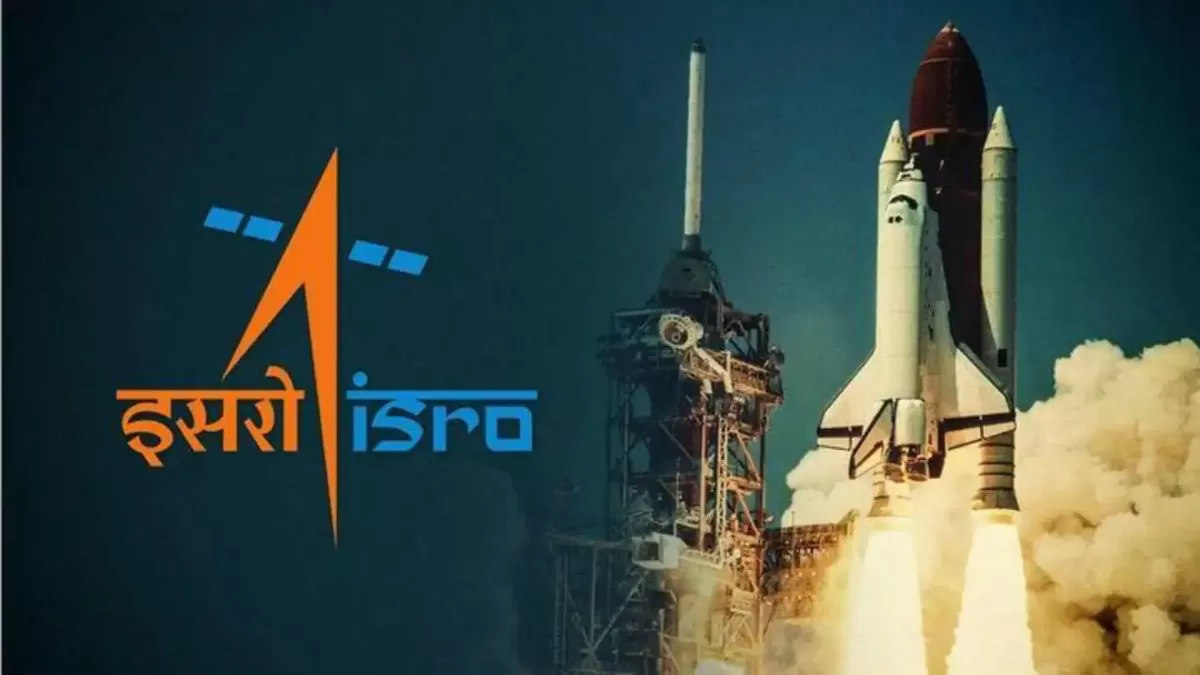By – Aditi Gupta
According to ISRO, the launch vehicle passed every test despite being tested in more difficult conditions. In this test, ISRO evaluated the aircraft’s landing interface and high-speed landing situations. With this test, ISRO has made significant progress in developing one of the most important innovations of our day.
On Sunday, the Indian Space Research Organization (ISRO) announced that it has completed its third successful test of its reusable launch vehicle technology. According to ISRO, the launch vehicle passed every test despite being tested in more difficult circumstances. In this test, ISRO looked at the aircraft’s high-speed landing conditions and landing interface. With this test, ISRO has made major strides in developing one of the most important innovations of our day.
On Sunday morning at 7.10 am, ISRO carried out the Reusable Launch Vehicle’s third and final test at the Aeronautical Test Range in Chitradurga, Karnataka. Prior to now, ISRO had successfully tested the Reusable Launch Vehicle twice. The launch vehicle “Pushpak” was released from a higher altitude during the third test, and in spite of the heavy gusts at the time, it accomplished a flawless and safe landing on the runway.
Throughout the test, the vehicle’s nose wheel steering and rudder systems were also tested. The ability to launch a vehicle into space, land it safely on Earth, and then launch it again into space depends largely on this technology. Because launch vehicles are costly and are now only utilized once in space missions, ISRO will save an enormous sum of money with the use of this technology. The issue of growing trash in space can now be resolved with the use of reusable launch vehicle technology.
The Reusable Launch Vehicle used multi-sensor fusion during the landing test. This involved the use of sensors such as NAVIC, flush air data system, radar altimeter, inertial sensor, and pseudolight system. According to ISRO, the fact that the vehicle’s body and flying systems from previous experiments were also used in this test illustrates ISRO’s capacity for design. This project also involves Satish Dhawan Space Center (SDSC), Sriharikota, ISRO’s Space Application Center (SAC), ISRO Telemetry, Tracking and Command Network (ISTRAC), and Vikram Sarabhai Space Center (VSSC). In addition, the National Aerospace Laboratory, Indian Aerospace Industrial Partners, Indian Oil Corporation of India, Airport Authority of India, IIT Kanpur, and the Air Force’s technical department also made contribution.

